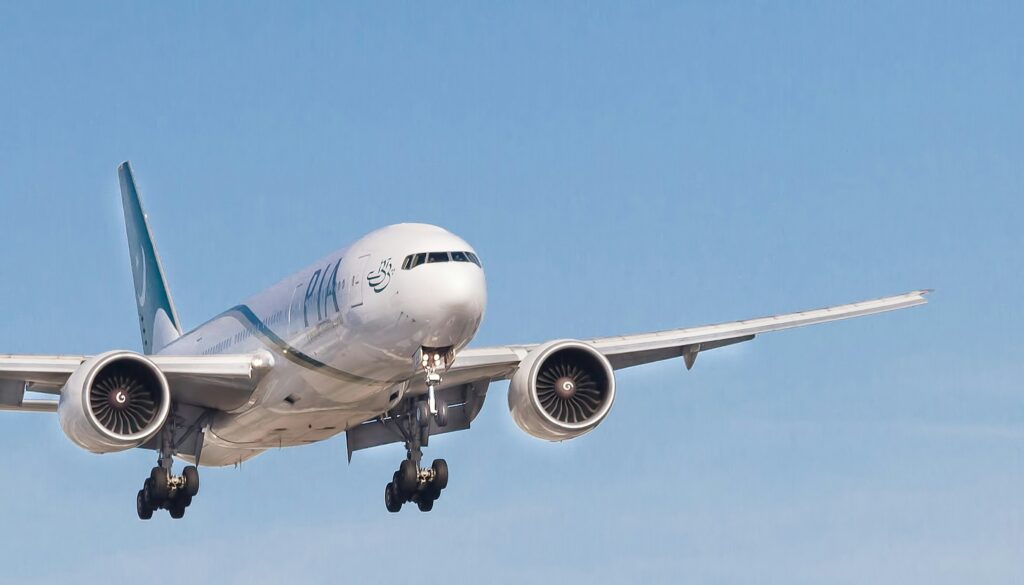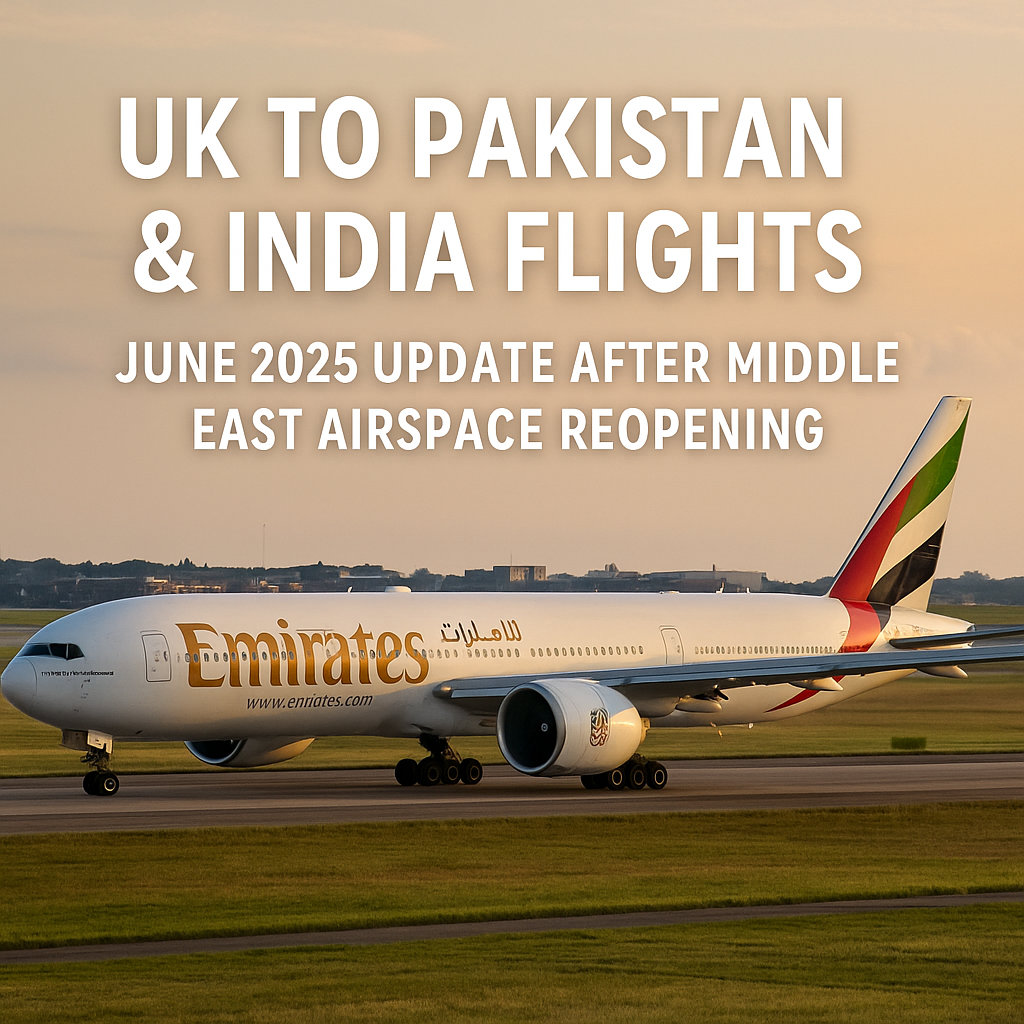✈️ Pakistan International Airlines (PIA): From Aviation Pioneer to a New Era of Revival
A Legacy of Pride and Progress Founded in 1955, Pakistan International Airlines (PIA) rose from the foundation of Orient Airways (1946) to become one of Asia’s most respected carriers. PIA was a pioneer in regional aviation — the first Asian airline to operate a jet aircraft (Boeing 707) in 1960 and a mentor to several […]
✈️ Pakistan International Airlines (PIA): From Aviation Pioneer to a New Era of Revival Read More »





